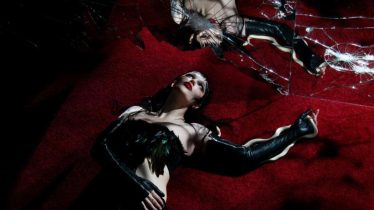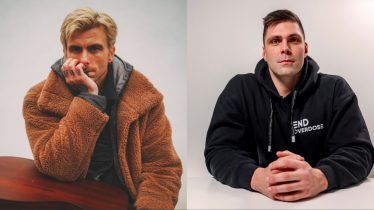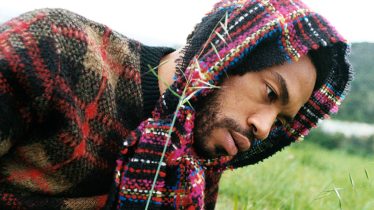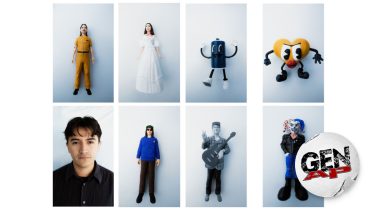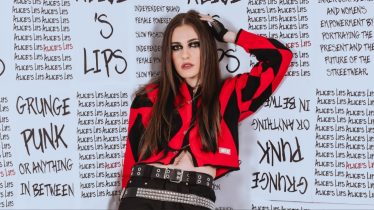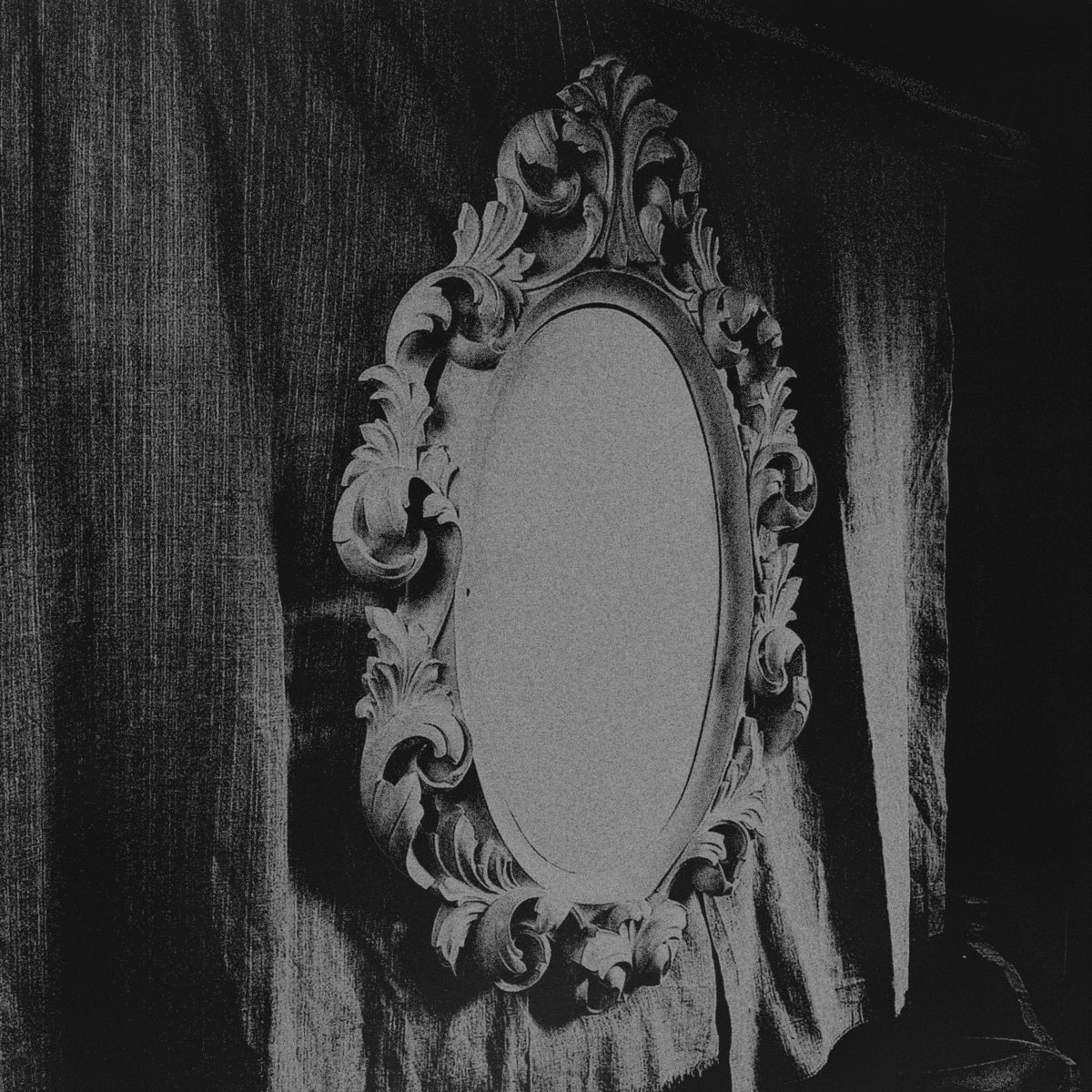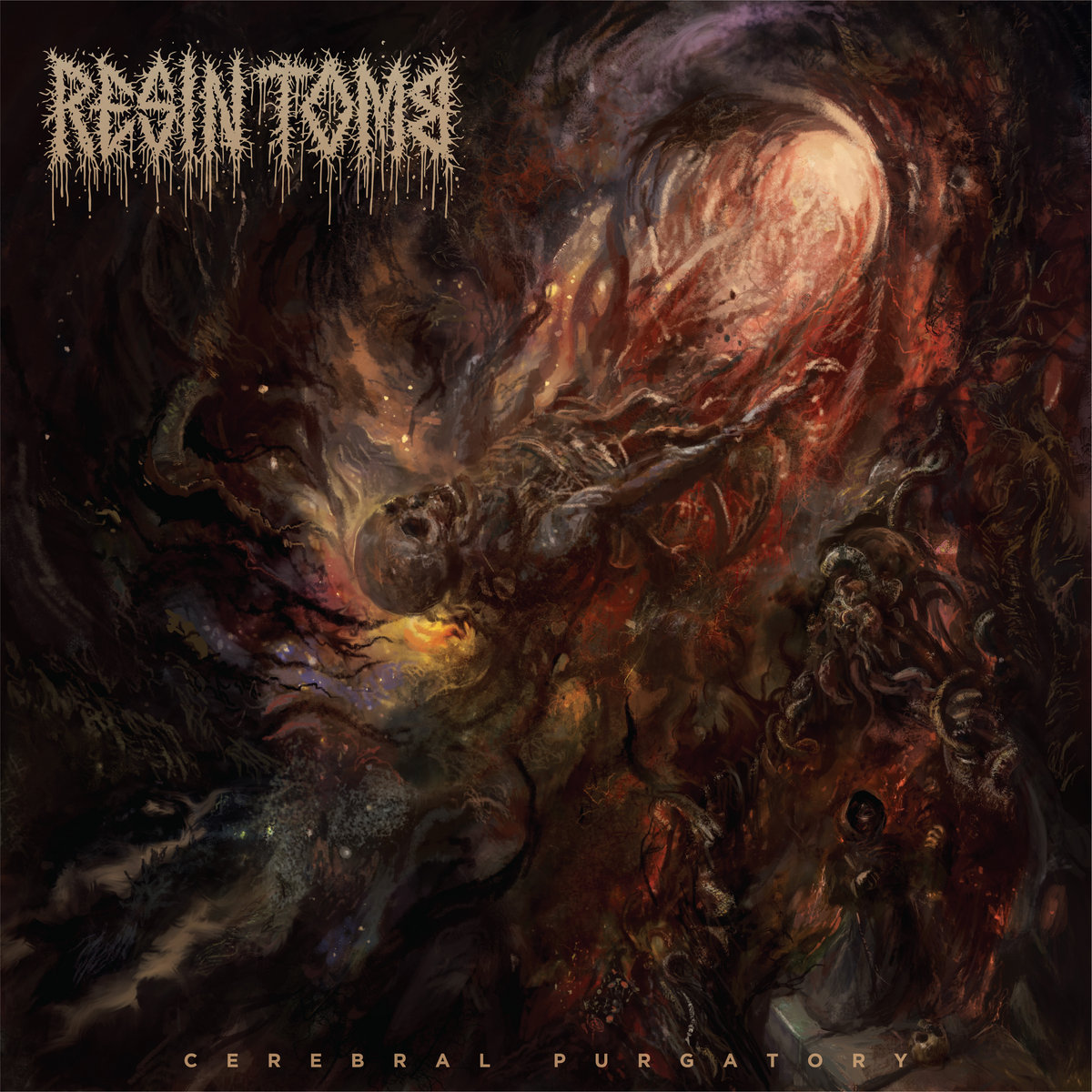
10 bands who put the Canadian punk scene on the map
Though all but forgotten by this point—save for documentary films like excellent Vancouver overview Bloodied But Unbowed and recent Teenage Head retrospective Picture My Face—Canada once boasted one of the world’s best punk scenes. The quality/quantity of Great White North pogo-rock acts, plus their music’s sheer ferocity, belied our neighbors’ more mild-mannered and civilized reputation. For aggression, attitude, commitment and rowdiness, Canada at least matched the U.S.—D.O.A. for Dead Boys, Teenage Head for Ramones.
Though Montreal and other provinces boasted their quotient, Canadian punk’s twin poles were Vancouver and Toronto. The entire nation’s spiritual equivalent of the Stooges or Velvet Underground has to be Hamilton, Ontario’s avant-garage unit Simply Saucer. Began in 1972 by enigmatic singer/guitarist Edgar Breau, they oozed a loud, rowdy mishmash of the Stooges and such latter-day electro-psych outfits as Hawkwind via such charmingly titled angular riff explosions with power electronics as “Bullet Proof Nothing” and “Dance The Mutation.” They lasted long enough to slot into late ‘70s Toronto punk bills, a demo session cut with future U2 megaproducer Daniel Lanois and his brother Bill eventually forming a chunk of posthumous release Cyborgs Revisited.
Read more: 15 essential post-punk bands who represent the evolution of the genre
Come 1975, four New York Dolls-loving students at Hamilton’s Westdale High School approximated their heroes’ glam squall with turbo-boosted teenage energy. They dubbed themselves Teenage Head, for a tune by San Francisco proto-punks the Flamin’ Groovies. Concurrently, Vancouver’s outer boroughs throbbed with loud teen excitement of their own. Burnaby heavy-metal quintet Stone Crazy heard the first Ramones album, getting inspired to cut their hair and become the Skulls. Meanwhile, White Rock teens the Shits found themselves soundtracking biker rallies with three-chord noise partly derived from their scratchy Stones and Kinks records.
All these distorted adolescent high jinks were fixing to move downtown, whichever side of the map they occupied. Here are 10 of the best punk bands Canada produced, circa 1977-1981.
Teenage Head
“Yesterday I needed love/Today I need some hate,” singer Frankie Venom snarled on Teenage Head’s May 1978 debut 45, “Picture My Face.” But it’s difficult imagining who could hate Ontario’s prime party punks. After conquering Toronto’s nascent punk scene, they dominated Canada with their loud mix of the Dolls with Ramones energy and pop smarts, and the swagger of ‘50s rock ‘n’ roll, Gord Lewis’ ultra-crunchy guitar goosing Venom’s perfectly adenoidal vocals. 1979’s self-titled debut LP and 1980’s Frantic City both went gold, the latter spawning hits “Let’s Shake” and “Somethin’ On My Mind.” June 1980’s Ontario Place gig resulted in a riot, garnering nationwide headlines and a ban on future rock gigs at the Toronto venue. Teenage Head persist to the present, even surviving Venom’s 2008 death, Lewis still strangling his Les Paul Special.
D.O.A.
The Skulls split into two factions in 1978, forming what became Vancouver’s signature bands—D.O.A. and the Subhumans. Led by singer/guitarist Joe Keithley (aka Joey Shithead), D.O.A. crossed the Clash’s fearsome political commitment with the hell-raising skitkicking spirit of the Damned, with an extra dollop of aggression courtesy their hard-rock background. They helped popularize the term hardcore, though they seldom thrashed. Their tenth lineup come 1981—Shithead, bassist Randy Rampage, Keith Moon-in-miniature drummer Chuck Biscuits and guitarist Dave Gregg—was an unimpeachable rock ‘n’ roll band of inhuman power and energy. Shithead keeps D.O.A. active to this day, in between commitments on the Burnaby city council.
The Viletones
“We’re like a hit of junk for our fans,” Viletones guitarist Freddie Pompeii explained to the cameras of The Last Pogo, Colin Brunton’s 1978 documentary on the closing of early Toronto punk venue the Horseshoe Tavern. Formed in ‘77 by dangerous glamor-puss vocalist Steve “Natzee Dog” Leckie, the Viletones strove to be Canada’s most dangerous band, rivaling the Dead Boys in the race to become the Stooges. Lester Bangs later recounted in the April 29, 1981 edition of the Village Voice a July 1977 CBGB date: “This guy Natzee Dog hung from the rafters, crawled all over the stage, and hurled himself onto the first row ‘til his body was one huge sore.” Snotfests such as “Screaming Fist” equaled the search-and-destroy theatrics.
The Subhumans
The other half of the bisected Skulls—charismatic singer Brian “Wimpy Roy” Goble and powerhouse drummer Ken “Dimwit” Montgomery, Biscuits’ older brother—teamed up with bassist Gerry “Useless” Hannah and guitarist Mike Graham to create Vancouver’s other great punk hope, the Subhumans. Not to be confused with England’s later anarcho-punk outfit, these original Subhumans embraced a similar brand of raucous left-wing rockin’ and rowdy hedonism to D.O.A.’s. And, oh, did they have songs: “Oh Canaduh” paid potent disrespect to the national anthem, “Fuck You” lifted two middle fingers to the entire square world and “Slave To My Dick” skewered toxic masculinity to a riff that would have made Blue Öyster Cult proud. Hannah left the band in ‘81, committing so fiercely to his political activism that he served time as one of the Squamish Five, sentenced for bombing an environmentally destructive hydroelectric substation on Vancouver Island and a Litton factory manufacturing parts for the American cruise missile.
Forgotten Rebels
Yet another byproduct of Hamilton, the Forgotten Rebels centered around singer Mike “Mickey DeSadist” Grelecki, an unreconstructed glam rocker who stuck his tongue out at the world, right through his cheek. As he preened in exaggerated rock star fashion before the revved-up glitter rock of various and sundry Rebels lineups, he didn’t push buttons—he took a jackhammer to them. “Bomb The Boats” gazed in Archie Bunker fashion at Vietnamese refugees. “Elvis Is Dead” flashed punkabilly raw as it advised, “Spend your money on our records instead!” Then there’s ultimate “party anthem” “Surfin’ On Heroin”: “Got my kid brother hooked yesterday/Pimping him pays for my habit today.” Forgotten Rebels still smirk as they sneer at you to this very day.
The Modernettes
Shits guitarist John Armstrong changed his name to Buck Cherry—a bastardization of Chuck Berry—before the band became the Monitors, realizing there was limited commercial potential in their original moniker. Then every Monitor fled White Rock for Vancouver, where Cherry essentially became to Johnny Thunders what Ricky Nelson was to Elvis—a slightly cleaned up though still rockin’ avatar—first in Active Dog, then in the Modernettes. Teamed with girlfriend Mary Wichar (morbidly renamed Mary Jo Kopechne, for reasons only Ted Kennedy’s press agent would understand) and drummer John McAdams (now dubbed “Jughead,” for his resemblance to the Archie comics/Riverdale character), Cherry proved he had a spiffin’ line in high-speed/raunch-guitar pop songs on 1979’s six-track Teen City EP. The Jan & Dean-esque “Barbra” proved especially enduring, much to his chagrin.
Dishrags
“Because we were young and because we were female, I think we got special treatment in that we were kind of a novelty act,” Dishrags singer/guitarist Jade Blade recounted in Vancouver punk doc Bloodied But Unbowed. “So people would put us on bills [such as opening the Clash’s first North American gig in January 1979 at the Commodore Ballroom]. But on the other hand, it also meant that we didn’t get taken all that seriously. We would never get soundchecks, and we got crappy equipment. People wouldn’t let us use their drums or amps.” Which is supremely unfair. Three Victoria, B.C. high school students hugely influenced by the Ramones, the Dishrags opened Vancouver’s first official punk show with the Furies at Japanese Hall, July 30, 1977. Records such as 1979 EP Past Is Past proved Blade, bassist Dale Powers and drummer Scout possessed a talent for grimy pop songs, driven by Blade’s grungy guitar and Mary Weiss-with-a-headful-of-ennui vocals. One of punk history’s most important great lost bands.
Pointed Sticks
Named for a line in the Monty Python skit “Self-Defense Against Fresh Fruit,” Pointed Sticks were Vancouver’s version of the Buzzcocks. Their specialty: airtight pop songs delivered with maximum aggression—easy when your drummer is ex-Subhuman Dimwit and Bill Napier-Hemy’s chainsaw guitar is a primary instrumental color. When you add ex-Shit/Monitor Gord Nicholl’s ’60s garage organ and Nick Jones’ elfin singing on such should’ve-been-hits as “Apologies” and “Marching Song,” you get a group tough enough to share bills with D.O.A., with enough teen appeal to be on the cover of Tiger Beat.
Young Canadians
Originally the K-Tels, Young Canadians didn’t ooze D.O.A. or the Subhumans’ brute force and profane poetry, nor possess either the Modernettes or Pointed Sticks’ perfect hooks. But bassist Jim Bescott and drummer Barry Taylor composed possibly the scene’s best rhythm section this side of D.O.A.’s Biscuits and Rampage. And leader Art Bergmann was hands-down B.C.’s best guitarist and songwriter. “Hawaii,” their debut EP’s title track, was the “hit.” But Bergmann’s gifts were best displayed on closing track “No Escape,” eerily capturing mainstream Vancouver’s disdain for its budding punk scene: “This town’s frustrations are scrawled all over these walls/It’s a new minority and how does it feel to be so small?” Those keen observations made Bergmann a major figure in ‘80s/’90s Canadian rock when he went solo.
The Diodes
Four Ontario College of Art & Design students who united in October 1976 and played their first gig opening for Talking Heads three months later, the Diodes pioneered Toronto punk in many ways. Along with manager Ralph Alfonso, they opened the Crash ‘n’ Burn, Toronto’s first dedicated punk venue—essentially their practice space—in the summer of ‘77, providing the city’s nascent pogo-rock acts and out-of-towners such as Dead Boys a place to play. They were also the first local punk act to ink with a major label, Canada’s branch of Columbia Records. Records like absolute anthem “Tired Of Waking Up Tired” and their teenage-lobotomy cover of Paul Simon’s “Red Rubber Ball” exploded with John Catto’s chain-drive Stooges guitarwork and singer Paul Robinson’s Bryan Ferry-esque croon. The Diodes hit ears catchier than hell without losing an iota of raw power.
